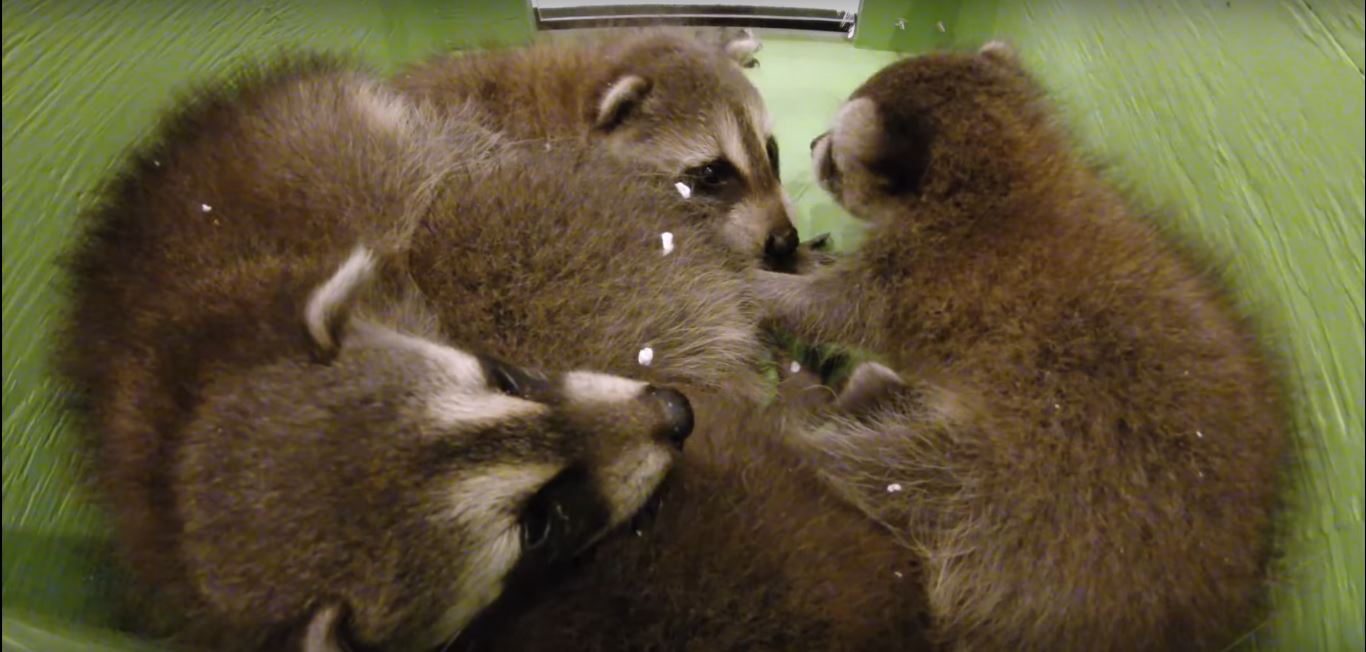Noises Raccoons Make when they are in Your Home
If you start hearing some unusual scratching or thumping sounds within the home, you
will be faced with the unfortunate task of figuring out which Columbia animal is making them.
Although there are a wide variety of animals that can find their way inside your home
and start making a disturbance, there are certain signs that the noises you hear during
the night are coming from a raccoon rather than from other South Carolina animals. Some of the noises
you can expect to hear if a raccoon has invaded your home are described below. Once you
determine what animal it is, you can start making a plan of action.

Thumping: when you hear thumping within the attic, this tells you that
there is a larger South Carolina animal present. There is very likely a raccoon living there. They may be
engaging in activities such as jumping from one place to the next within the attic.
Scratching: there are lots of other animals that scratch and you will have to
determine whether it is a Columbia raccoon or something else. When you hear scratching, the animal is
most likely nocturnal.
Vocal noises: raccoons also make some vocal noises. Squirrels, opossums, mice and
rats don’t make vocal noises while in the attic. When you hear any kind of vocal noises, then there
is the likelihood that there is a raccoon or an entire family living within.
Since they are nocturnal, you may hear the noises at night, especially after dusk as the South Carolina animal prepares
to leave and as it returns. You can hear cries, chirps and other kinds of growls. When there is a female
and its litter, then you may hear a very distinct whining and crying of the babies. Animals that have
found their way inside your home and have decided to stick around can make a variety of noises that
will make you aware of their presence. Raccoons are one such animal that can gain access to your attic
and start making a disturbance. If you hear scratching, thumping and vocal noises during the night,
there is a very good chance that the invading creature is one or more Columbia raccoons. Once you determine
that a raccoon is the culprit, you can take the steps necessary to remove the animal and make sure
that all entry and exit points are sealed.
Visit our Columbia wildlife control home page to learn more about us.

